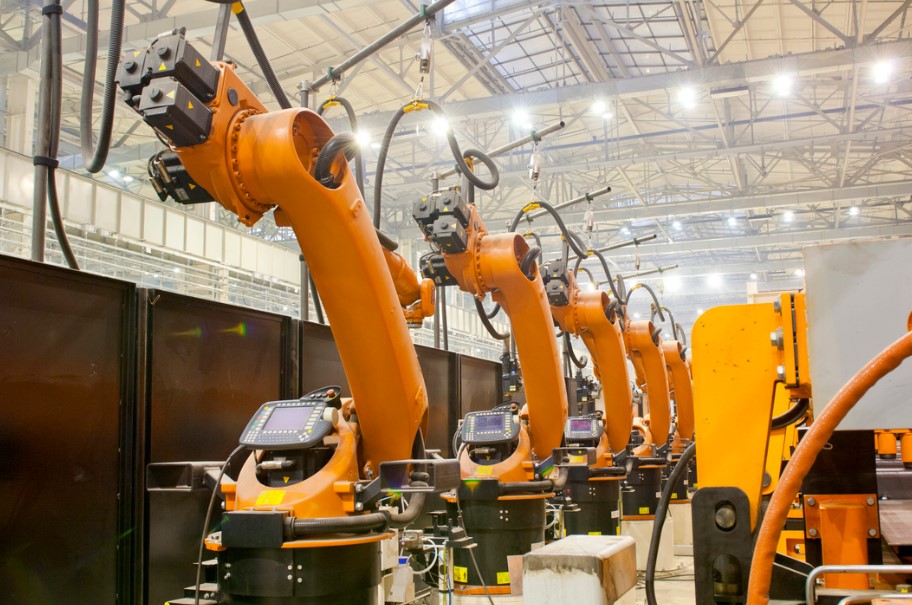

Robotics in the manufacturing industry has become an increasingly popular and cost-effective method of production. In recent years, robotic systems have been implemented across a wide range of industries to enhance efficiency, reduce costs and increase productivity. This article will explore the advantages, challenges and considerations involved when introducing robotic systems into a manufacturing setting.
Overview Of Automation
Automation is the use of technology to automate processes in order to reduce manual labor and increase efficiency. In the manufacturing industry, automation technologies such as robotics are used to streamline production processes, improve product quality and reduce errors. Automated systems can be programmed to carry out specific tasks without human intervention, which increases speed and accuracy while reducing labor costs. Robotics also has the potential to revolutionize entire industries by introducing new methods of production that were not possible before their development. The introduction of robotic systems into the manufacturing process brings a number of advantages over traditional methods of production.
Benefits Of Robotic Systems
Robotic systems offer various benefits in the manufacturing industry. Firstly, they can increase productivity and reduce labor costs due to their automated operations that require less human intervention. In addition, robots are able to perform tasks more accurately than humans, making them ideal for high-precision applications such as micro assembly or welding.
Furthermore, these machines also provide consistency and uniformity in production processes, leading to higher quality products with fewer defects. As a result of this increased efficiency and accuracy, manufacturers can benefit from reduced waste costs and improved customer satisfaction levels. Robots also have enhanced safety features which allow them to operate safely alongside workers while reducing workplace injuries caused by manual handling of hazardous materials.
Challenges And Considerations
Despite the numerous benefits of robotic systems for the manufacturing industry, there are several challenges and considerations that need to be taken into account. The first is cost. Robotic systems come with a higher initial investment than manual labor, so manufacturers must carefully consider their budget when investing in robots. Additionally, not all processes can be automated efficiently and effectively using robots; some tasks may require more complicated programming or hardware adjustments which drive up costs even further.
It is important for any company considering implementing robot automation to thoroughly evaluate their needs beforehand, as well as potential risks associated with such an endeavor before making an informed decision about whether this technology could benefit them overall.
Conclusion
Robotic systems are becoming increasingly popular in the manufacturing industry, offering a variety of benefits to those who employ them. Automation has the potential to increase productivity while decreasing costs and reducing errors. While these advantages can be realized with robotic systems, there are also some considerations that must be taken into account before implementing such technology. Understanding the capabilities of robotic systems as well as any challenges or limitations associated with their use is essential for companies looking to make informed decisions about how best to utilize this technology.
Robotic systems offer great opportunities for increased efficiency within the manufacturing industry but require thoughtful consideration prior to implementation. A thorough understanding of the available options along with an assessment of short-term and long-term objectives will help ensure successful utilization of automation technologies in order to maximize value for businesses across all industries.







